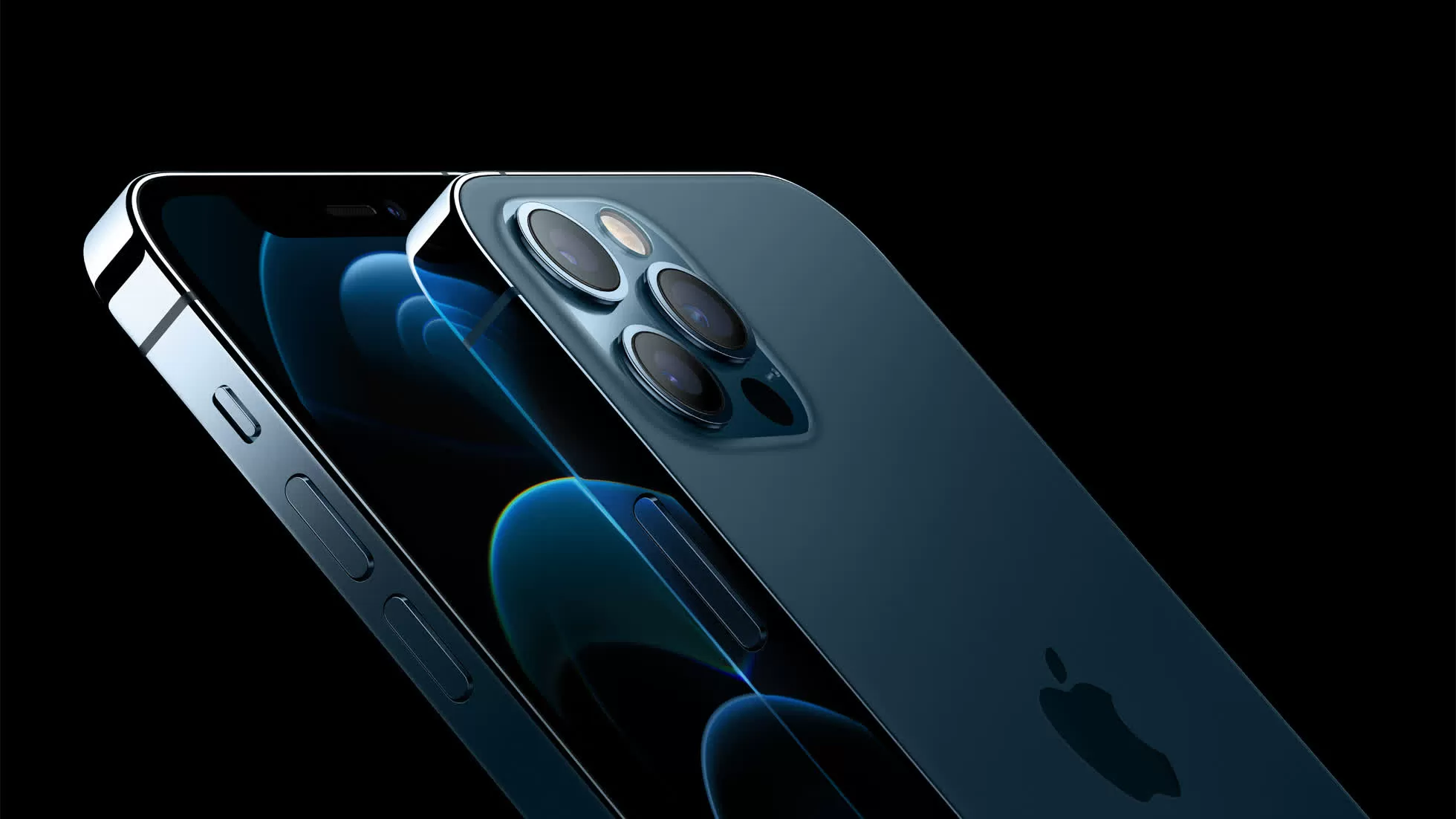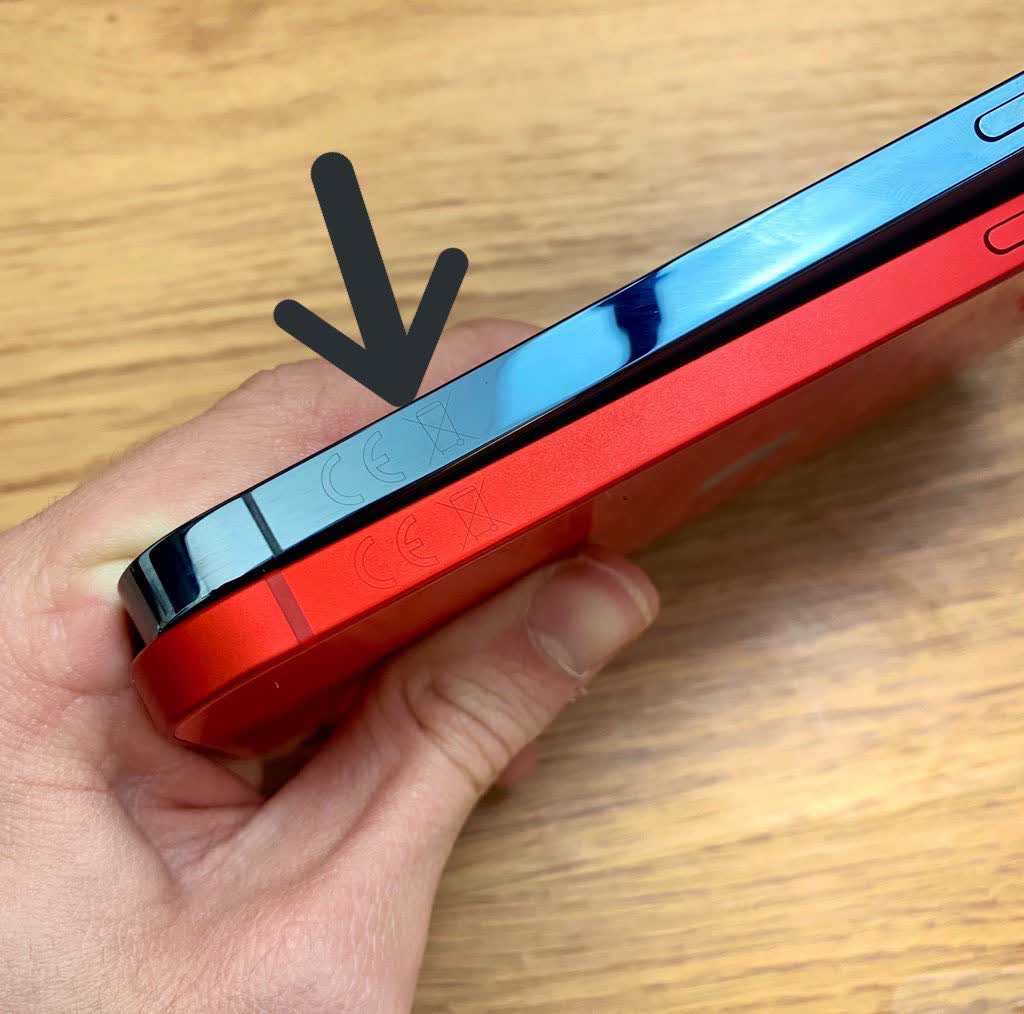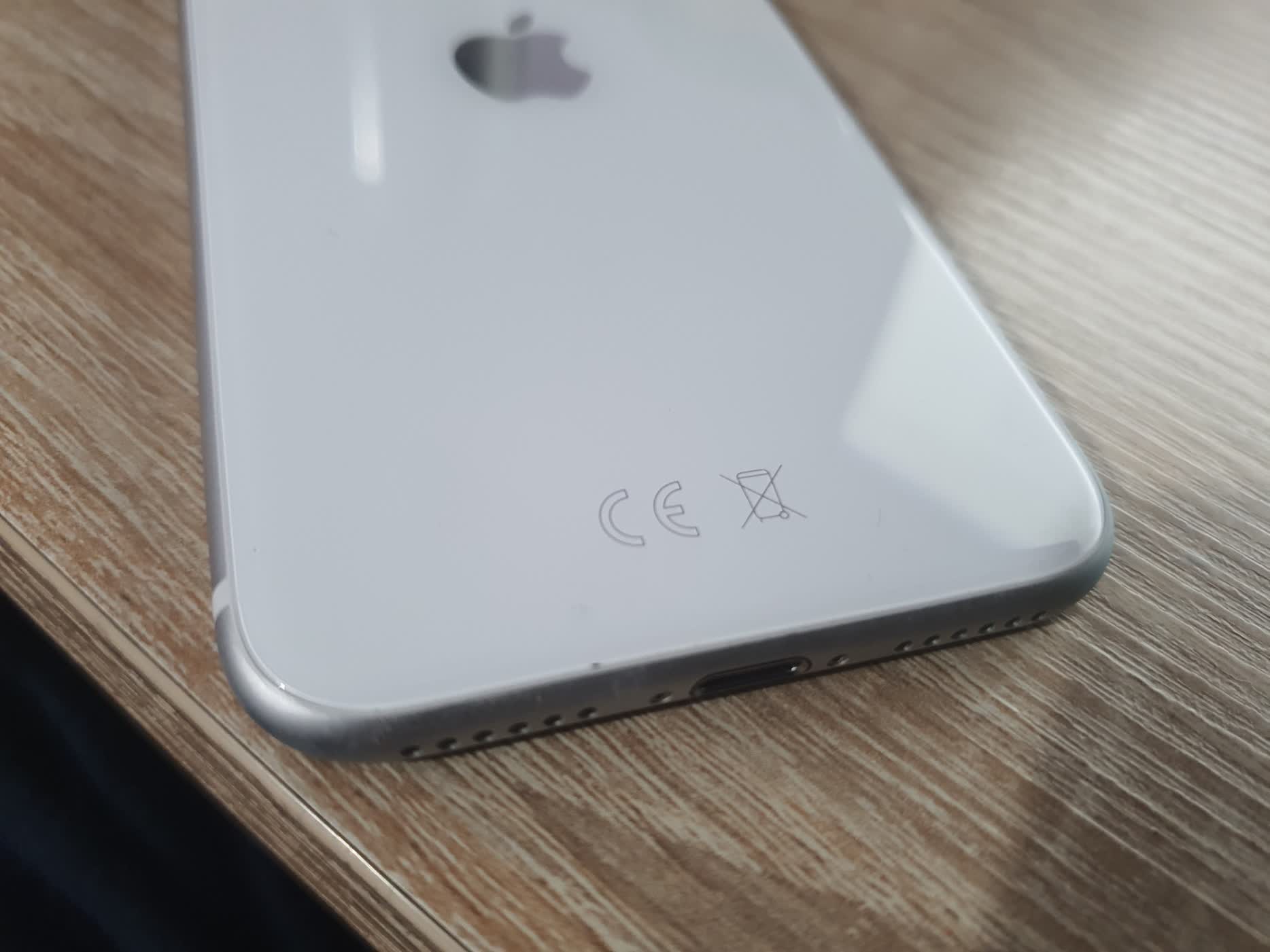In brief: The new iPhone 12 line is receiving mostly good reviews, with the elegant design often singled out as one of the plus points. In Europe, the handsets look slightly different than their US counterparts due to the regulatory body markings, which Apple has just altered. Residents must also endure higher prices and slower 5G.

As reported by Notebook Check, in the EU, phones must bear the CE marking, which indicates conformity with health, safety, and environmental protection standards for products sold within the European Economic Area. They must also display a symbol showing a product is non-recyclable. In US iPhones, all the regulatory body certifications are stored digitally.

Image credit: @1nsane_dev
Apple and Android devices usually place these markings at the base of a phone’s rear—they’re often hard to see, especially on certain colors. Twitter user @1nsane_dev spotted that with the iPhone 12 and iPhone 12 Pro, Apple has moved their location to the side. Perhaps Apple thought they were less noticeable in this new position? Below is a photo of the iPhone SE 2020 for comparison.

Additionally, Apple only sells models with support for high-frequency mmWave bands in the US, while Europe gets the slower sub-6 GHz 5G.
With an arguably less-appealing design and slower 5G, one might imagine Apple's handsets would be cheaper in Europe, but the opposite is true. As is the case with pretty much all electronic goods, the iPhone 12 series is more expensive across most of the continent compared to the US.
Ultimately, though, none of this is likely to dissuade European Apple fans from purchasing one of the devices, and they can always just buy a case.
https://www.techspot.com/news/87261-iphone-12-europe-slightly-different-look-slower-5g.html